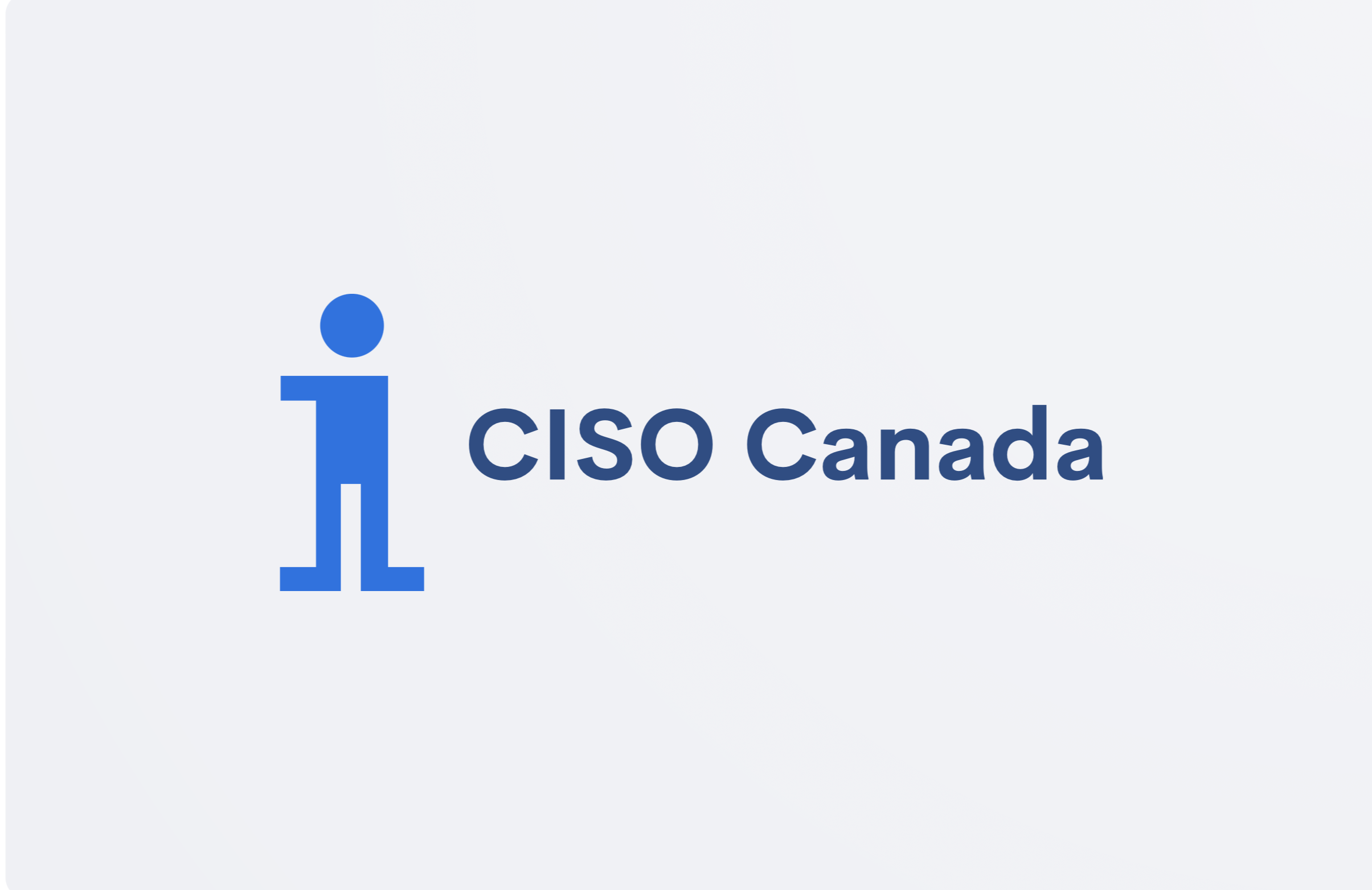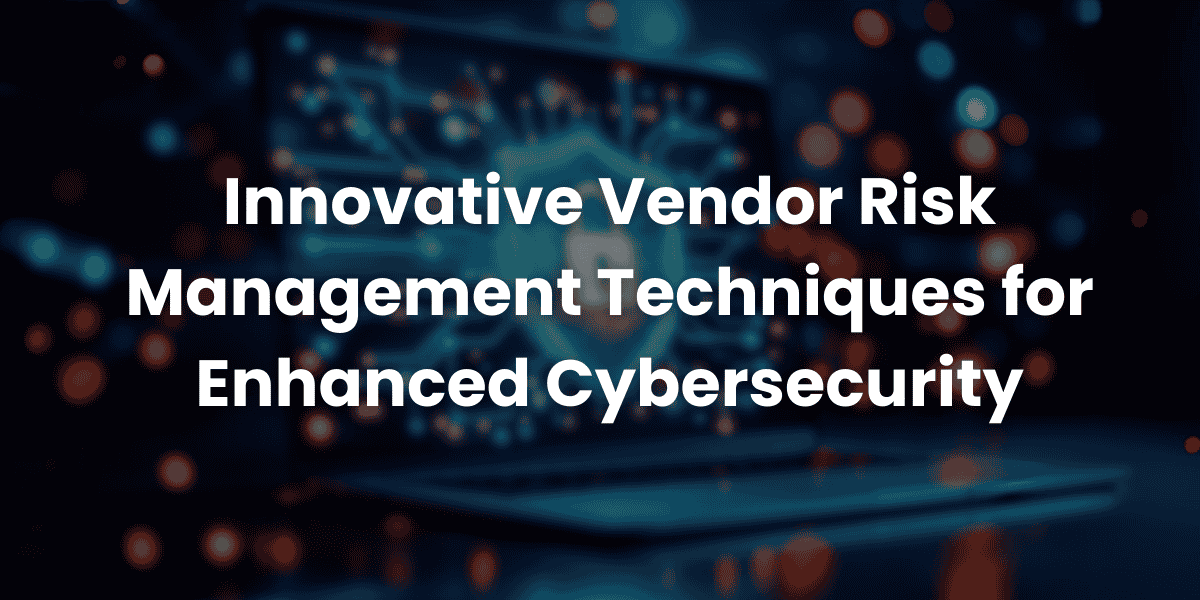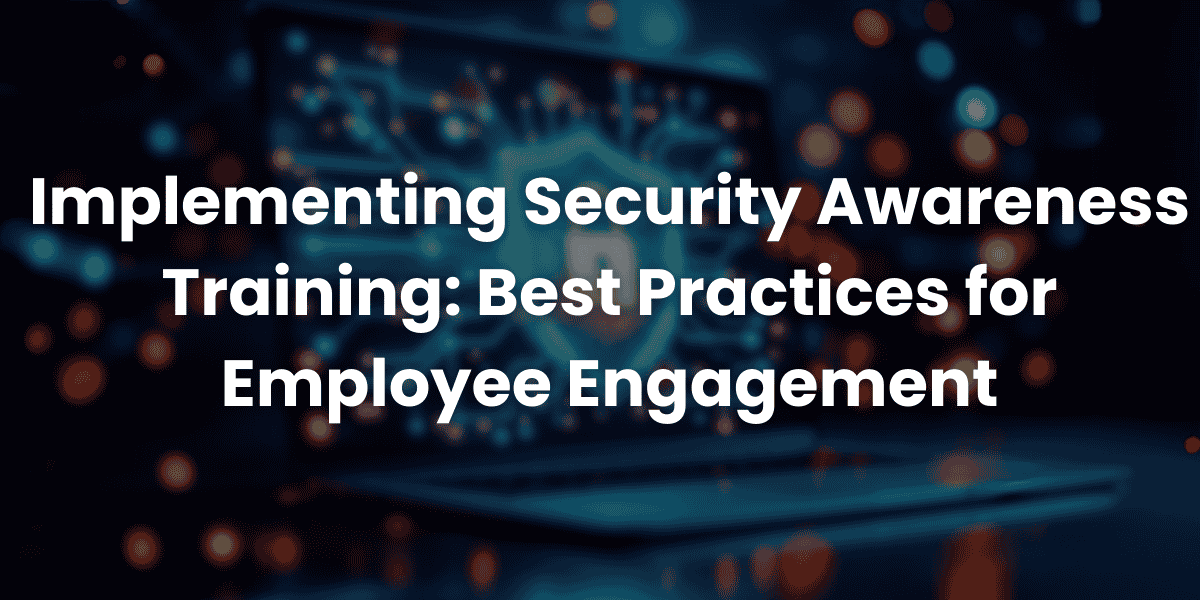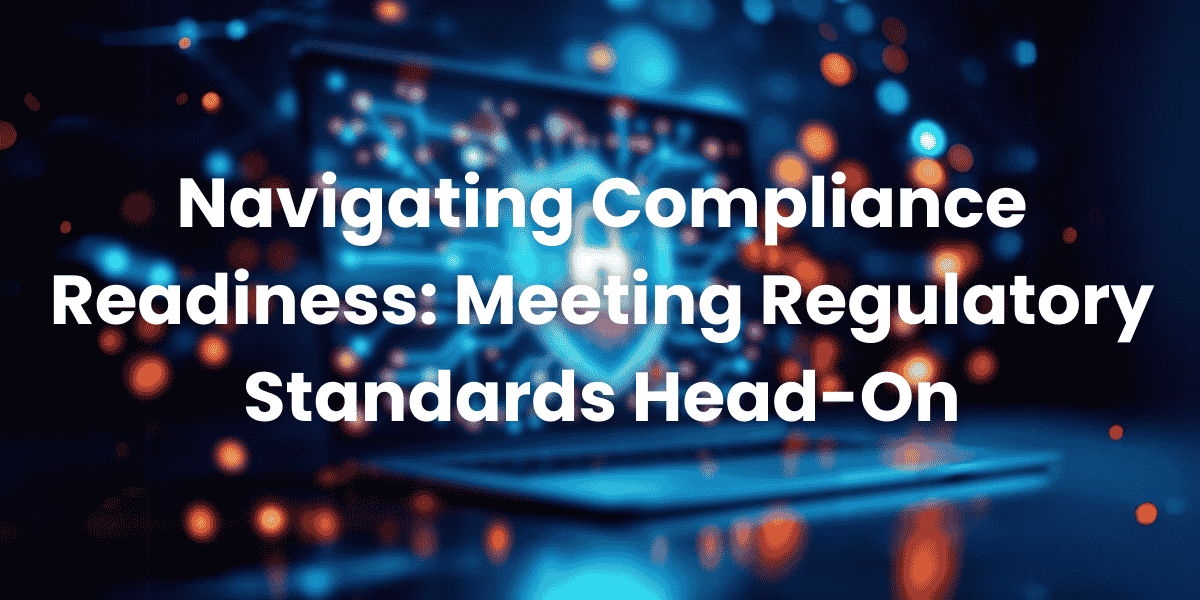In today’s highly regulated business environment, achieving compliance readiness is not just a legal obligation but a strategic advantage. Organizations that proactively address regulatory standards can avoid costly penalties, protect their reputation, and build trust with stakeholders. This article explores the key steps to achieving compliance readiness and how your organization can meet regulatory standards head-on in 2025.
Why Is Compliance Readiness Critical?
Compliance readiness ensures that your organization adheres to relevant laws, regulations, and industry standards. Non-compliance can result in severe consequences, including financial penalties, legal action, and reputational damage. In 2025, as regulatory frameworks become more complex, maintaining compliance readiness will be essential for sustainable growth and operational resilience.
Step 1: Understand Applicable Regulations
The first step toward compliance readiness is understanding the specific regulations that apply to your industry. These may include data protection laws like GDPR, financial regulations such as SOX, or industry-specific standards like HIPAA. Conducting a thorough analysis of these requirements is foundational to building a robust compliance readiness strategy.
Step 2: Conduct a Compliance Gap Analysis
A compliance gap analysis identifies areas where your organization falls short of regulatory standards. By comparing your current practices against required benchmarks, you can pinpoint vulnerabilities and prioritize improvements. This process is a critical component of achieving compliance readiness and ensuring long-term adherence to regulations.
Step 3: Develop a Compliance Readiness Framework
To streamline your efforts, develop a structured compliance readiness framework. This framework should include policies, procedures, and controls designed to meet regulatory requirements. A well-documented framework not only ensures consistency but also serves as a reference point during audits or inspections.
Step 4: Leverage Technology for Compliance Readiness
Technology plays a pivotal role in achieving compliance readiness. Tools like compliance management software, automated reporting systems, and real-time monitoring solutions can simplify the process of adhering to regulations. In 2025, organizations that leverage advanced technologies will have a significant edge in maintaining compliance readiness.
Step 5: Train Employees on Regulatory Standards
Employees are often the first line of defense in maintaining compliance readiness. Providing regular training on regulatory standards ensures that staff members understand their responsibilities and can identify potential compliance risks. Educated employees contribute significantly to an organization’s overall compliance readiness.
Step 6: Establish a Compliance Monitoring Program
Continuous monitoring is essential for sustaining compliance readiness. Implement a program that regularly evaluates your organization’s adherence to regulatory standards. This proactive approach helps detect issues early and ensures timely corrective actions, reinforcing your commitment to compliance readiness.
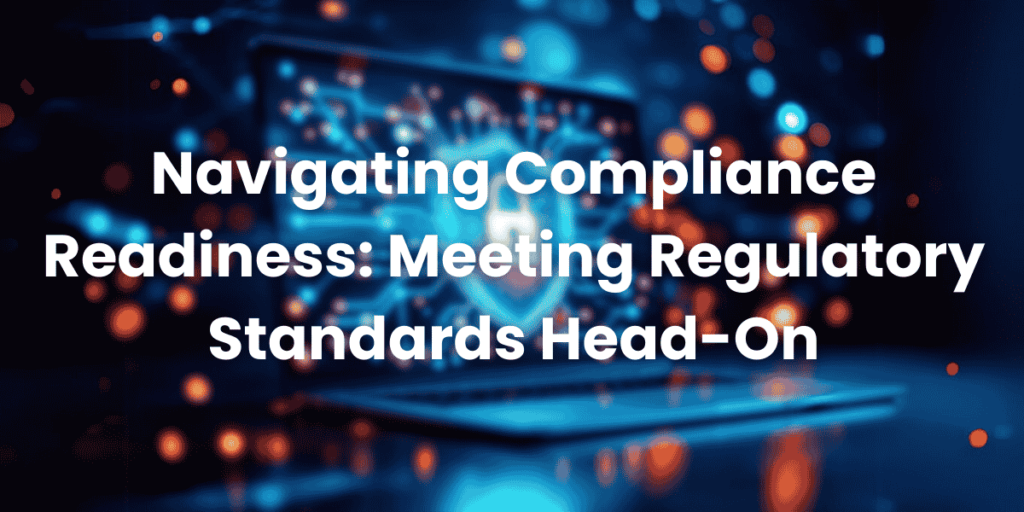
Step 7: Engage with External Experts
Sometimes, achieving compliance readiness requires external expertise. Consultants and auditors can provide valuable insights into complex regulations and help identify blind spots. Partnering with experts ensures that your compliance readiness strategy is comprehensive and aligned with best practices.
Step 8: Prepare for Audits and Inspections
Being audit-ready is a key aspect of compliance readiness. Maintain organized documentation, implement robust record-keeping practices, and ensure transparency in your processes. Preparing for audits in advance demonstrates your organization’s commitment to meeting regulatory standards and enhances your credibility.
Step 9: Stay Updated on Regulatory Changes
Regulatory landscapes are constantly evolving, making it crucial to stay informed about changes. Subscribe to industry newsletters, attend webinars, and participate in forums to remain up-to-date. Staying ahead of regulatory updates ensures that your compliance readiness strategy remains relevant and effective.
Step 10: Foster a Culture of Compliance
Achieving compliance readiness is not a one-time effort but an ongoing commitment. Fostering a culture of compliance within your organization ensures that all employees prioritize adherence to regulatory standards. Leadership should lead by example, emphasizing the importance of compliance readiness in achieving organizational success.
Contact Us for Expert Guidance on Compliance Readiness
At CISO Canada, we specialize in helping organizations achieve and maintain compliance readiness. Our team of experts provides tailored solutions to meet your unique regulatory challenges. Contact us today to learn how we can assist you in navigating the complexities of regulatory standards and ensuring your organization is fully prepared for the future.
